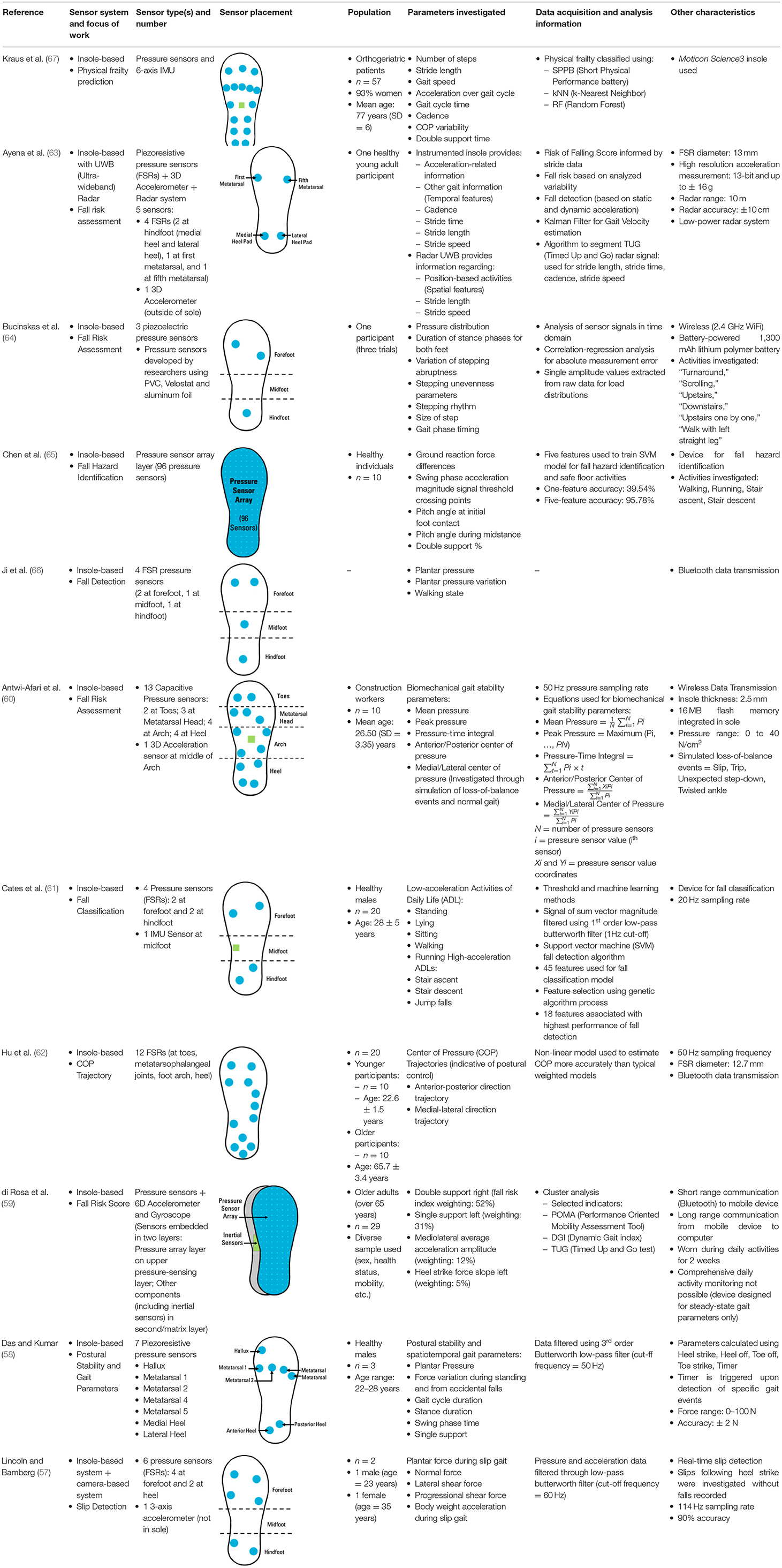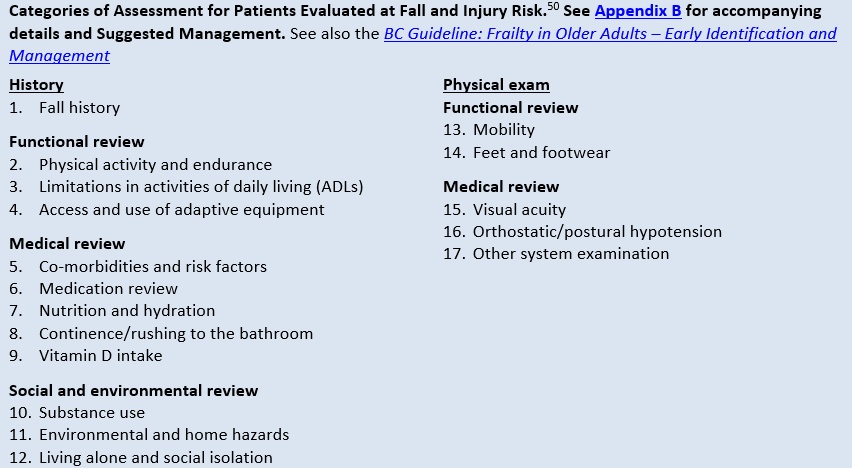The 15-Second Trick For Dementia Fall Risk
Table of ContentsAn Unbiased View of Dementia Fall RiskA Biased View of Dementia Fall RiskThe 45-Second Trick For Dementia Fall RiskDementia Fall Risk Fundamentals Explained
A loss risk evaluation checks to see how likely it is that you will drop. It is primarily provided for older grownups. The analysis usually includes: This includes a series of concerns about your general wellness and if you have actually had previous drops or problems with balance, standing, and/or walking. These tools check your toughness, equilibrium, and stride (the way you walk).STEADI includes screening, evaluating, and treatment. Treatments are referrals that might lower your threat of dropping. STEADI consists of three steps: you for your threat of dropping for your threat variables that can be boosted to attempt to stop falls (as an example, balance problems, damaged vision) to lower your threat of dropping by utilizing effective strategies (as an example, giving education and learning and resources), you may be asked several questions consisting of: Have you dropped in the past year? Do you really feel unstable when standing or walking? Are you bothered with dropping?, your supplier will test your toughness, equilibrium, and gait, making use of the adhering to autumn assessment devices: This test checks your stride.
If it takes you 12 secs or even more, it may imply you are at greater threat for an autumn. This examination checks strength and equilibrium.
Relocate one foot midway onward, so the instep is touching the big toe of your other foot. Move one foot completely in front of the various other, so the toes are touching the heel of your various other foot.
Some Known Details About Dementia Fall Risk
Many drops take place as an outcome of several contributing elements; therefore, managing the danger of falling begins with identifying the variables that contribute to drop danger - Dementia Fall Risk. Some of one of the most pertinent risk factors include: History of previous fallsChronic clinical conditionsAcute illnessImpaired stride and balance, reduced extremity weaknessCognitive impairmentChanges in visionCertain high-risk medications and polypharmacyEnvironmental variables can likewise increase the threat for falls, consisting of: Insufficient lightingUneven or harmed flooringWet or slippery floorsMissing or harmed handrails and order barsDamaged or incorrectly fitted equipment, such as beds, mobility devices, or walkersImproper use assistive devicesInadequate guidance of individuals living in the NF, including those that display hostile behaviorsA successful loss risk monitoring program needs a comprehensive clinical evaluation, with input from all participants of the interdisciplinary team

The care strategy should likewise consist of interventions that are system-based, such as those that advertise a safe environment (proper lights, handrails, order bars, etc). The efficiency of the treatments ought to be examined periodically, and the care plan changed as required to show adjustments in the fall danger analysis. Implementing an autumn threat management system utilizing evidence-based finest technique can decrease the occurrence of drops in the NF, while restricting the possibility for fall-related injuries.
Fascination About Dementia Fall Risk
The AGS/BGS standard suggests evaluating all adults matured 65 years and older for autumn danger every year. This testing includes asking individuals whether they have fallen 2 or more times in the previous year or looked for clinical interest for an autumn, or, if they have not fallen, whether they really feel unstable when walking.
People that have actually fallen once without injury should have their equilibrium and stride reviewed; those with stride or balance irregularities ought to receive added analysis. A history of 1 fall without injury and without stride or equilibrium issues does not call for additional assessment past ongoing annual loss danger screening. Dementia Fall Risk. A loss threat evaluation is required as component of the Welcome to Medicare assessment

Some Known Details About Dementia Fall Risk
Documenting a falls history is one of the high quality indications for loss prevention and administration. copyright drugs in particular are independent predictors of falls.
Postural hypotension can commonly be relieved by decreasing the dosage of blood pressurelowering medicines and/or quiting drugs find this that have orthostatic hypotension as a negative effects. Use of above-the-knee support hose pipe and sleeping with the head of the bed raised might likewise minimize postural decreases in high blood pressure. The preferred components of a fall-focused physical examination are shown in Box 1.

A Yank time higher than or equivalent to 12 seconds suggests high autumn risk. Being incapable to stand up from a chair of knee height without making use of one's arms suggests increased loss risk.